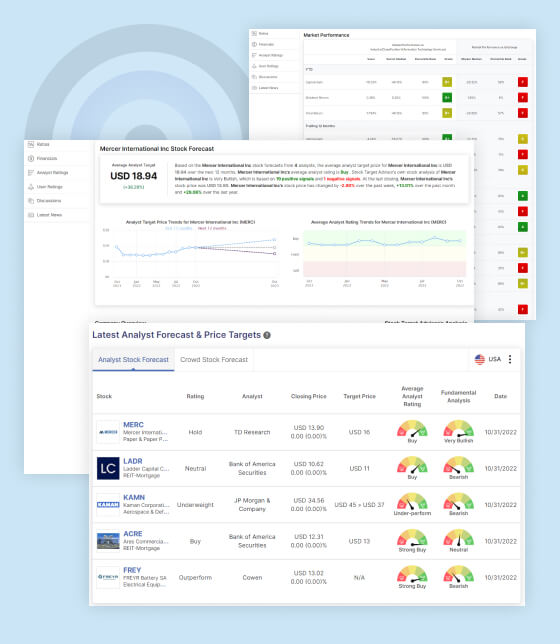Canadian Economy Reflects on PMI Reading
In a recent report, Canadian manufacturing activity experienced a marginal improvement, marking a ninth consecutive month of contraction but showing a slowdown in the pace of decline. The S&P Global Canada Manufacturing Purchasing Managers’ Index (PMI) rose to 48.3 in January from December’s 45.4, the lowest level since May 2020. While this data may offer a glimmer of hope, concerns persist about the Canadian economy’s trajectory, with signs pointing towards a looming recession.
Positive Signals Amidst Contraction:
The modest uptick in the PMI suggests that the manufacturing sector’s downturn may be bottoming out. Paul Smith, economics director at S&P Global Market Intelligence, expressed optimism, stating that the latest data “provide hope that the downturn in the sector is bottoming out.” Furthermore, businesses are expressing increased confidence in the future, as reflected in the rising future output index, which reached its highest level in six months at 61.9.
Inflation Pressures Easing:
One notable factor contributing to the improved outlook is the easing of inflation pressures. The input price index fell from 54.1 in December to 53.3 in January, and the output price index hit a seven-month low of 52.2, down from 52.7. These disinflationary trends are encouraging for both manufacturers and policymakers, aligning with the Bank of Canada’s focus on potential interest rate cuts rather than hikes.
Bank of Canada’s Shifting Focus:
The Bank of Canada has indicated a shift in focus from contemplating interest rate hikes to considering potential rate cuts. The central bank’s decision-making process is likely to be influenced by ongoing economic uncertainties and the need to stimulate economic growth amid the prolonged manufacturing contraction.
Cautious Notes on Supply Chain Challenges:
Despite the positive indicators, caution is warranted due to challenges in the supply chain. The report highlighted that the average lead times for input deliveries lengthened for the fourth time in five months. Firms reported shipping delays attributed to the crisis in the Red Sea and Suez Canal, indicating ongoing disruptions that could impact production timelines and add pressure to an already strained manufacturing sector.
Outlook:
While the slight improvement in Canadian manufacturing activity offers a glimmer of hope, it is essential to approach the data with caution. The economy remains vulnerable, with the manufacturing sector experiencing an extended period of contraction. The easing of inflation pressures and increased confidence among businesses suggest a potential turnaround, but challenges in the supply chain and the looming possibility of a recession demand careful monitoring. Policymakers and businesses alike must remain vigilant in navigating the uncertainties ahead to foster sustainable economic recovery.

STA Research (StockTargetAdvisor.com) is a independent Investment Research company that specializes in stock forecasting and analysis with integrated AI, based on our platform stocktargetadvisor.com, EST 2007.





























